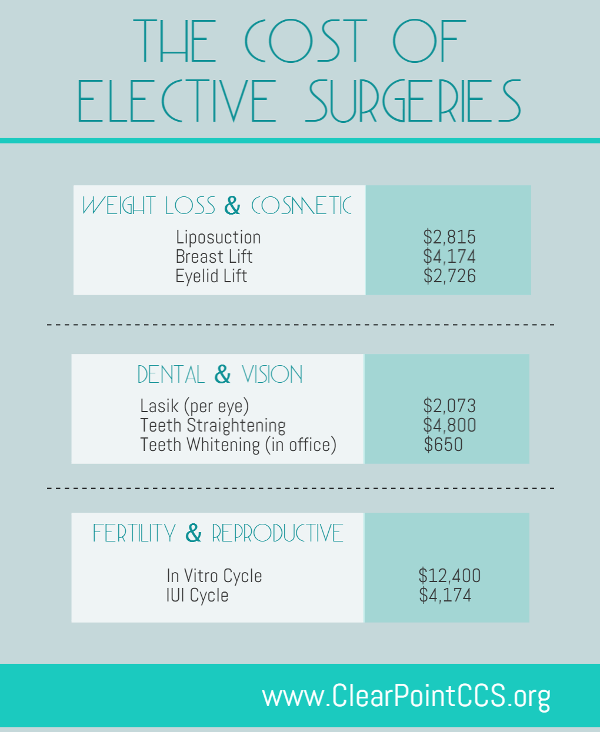Salicylic acid is a vital component in lots of nonprescription acne therapies. It runs out blackheads and whiteheads as well as reducing excess oil. It can likewise help fading acne scars, although it might take a while.
Like benzoyl peroxide, it works by unplugging skin pores. But it does so differently.
1. Breaks Down Dead Skin Cells
Salicylic acid is a beta-hydroxy acid (BHA) that's oil-soluble and for that reason able to sink deep right into the skin, liquifying excess oil as well as dead skin cells. This is what makes it such a reliable anti-acne treatment. It softens keratin, the healthy protein that creates part of our skin structure, to ensure that dry, flaky skin easily loses, and it loosens blackheads and whiteheads so they can be removed.
The trouble with blocked pores is that microorganisms, dirt and dead skin cells are entraped, creating the best setting for acne to thrive in. Unlike water-based exfoliants, which only scrub the skin's surface, salicylic acid penetrates much deeper into the pores to do away with the build-up, creating an oxygen-rich environment that's hostile to microorganisms.
Try to find a salicylic acid cleanser with 2% concentration or higher, particularly for oily skin kinds. If you have delicate or completely dry skin, begin with a reduced dosage and utilize it less frequently. Always review the tag thoroughly to follow application instructions.
2. Breaks Down Sebum
As a keratolytic, Salicylic acid assists scrub the skin by dissolving the bonds that hold dead skin cells with each other. This permits the dead skin cells to shed even more conveniently, which in turn can assist unblock pores. This is what makes it such a powerful component for dealing with blackheads and whiteheads, especially when made use of along with various other treatments that function to lower sebum production.
In addition to being an exfoliant, salicylic acid additionally has comedolytic residential properties that aid break down sebum. This is what makes it so efficient at dealing with blackheads and whiteheads, along with other non-inflammatory acne.
As with any treatment, it is necessary to always follow medical facilities near me the directions on your product's product packaging. Beginning with a small amount and gradually enhance your usage as your skin accustoms to the ingredient. This will aid avoid any dryness or sensitivity that might occur. Remember, it can occupy to 6-8 weeks to see a difference in your acne.
3. Gets rid of Pores
When you utilize an acne product with salicylic acid, it passes through deep into your pores and loosens the "adhesive" that causes dead skin cells to amalgamate with each other. This makes it less complicated for them to fall away and reduces pore blockages that result in surface acne, like blackheads, whiteheads, and small red acnes (pimples).
As a result of its capacity to penetrate the pores, Dr. Negbenebor recommends using it in a lotion, instead of a cleanser or body laundry, to maximize its efficiency. Make sure to read the active ingredient tag meticulously and make note of any other prescription or nonprescription drugs you take or organic items you're using, as some can interact with salicylic acid.
To find a great product, seek one that contains salicylic acid in a greater concentration-- 2 percent or higher-- or that incorporates it with an additional anti-inflammatory and exfoliating component, such as sodium PCA and salt hyaluronate, which helps protect against the drying results of the salicylic acid. A favorite of lots of reviewers with sensitive skin, this Paula's Option 2% salicylic acid serum consists of maltobionic acid to scrub without irritating the skin.
4. Minimizes Redness
Salicylic acid is anti-inflammatory, which helps in reducing redness & irritability associated with acne imperfections. It also softens & loosens completely dry, scaly skin, which can aid eliminate dead skin cells, flakes & debris that clog pores.
While non-prescription concentrations of salicylic acid cap at 2% (for products that will certainly be left on your face), it's available in higher focus via a prescription. A dermatologist can advise the correct focus to treat your acne, based upon your skin type and your experience with treatments such as benzoyl peroxide or retinoids.
If you're new to skin care products with this component or have oily skin, attempt using a reduced focus first. You can slowly work up to a more powerful concentration, yet it is very important to use your product as routed, i.e., once daily. Otherwise, overuse can leave your skin super-dry & inflamed. It's also suggested to use your products just in the evening, considering that salicylic acid can move onto fabrics & discolor them.
